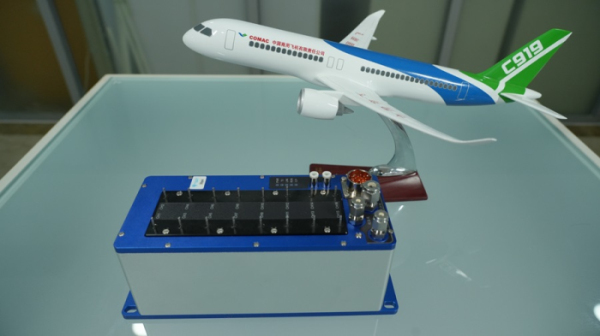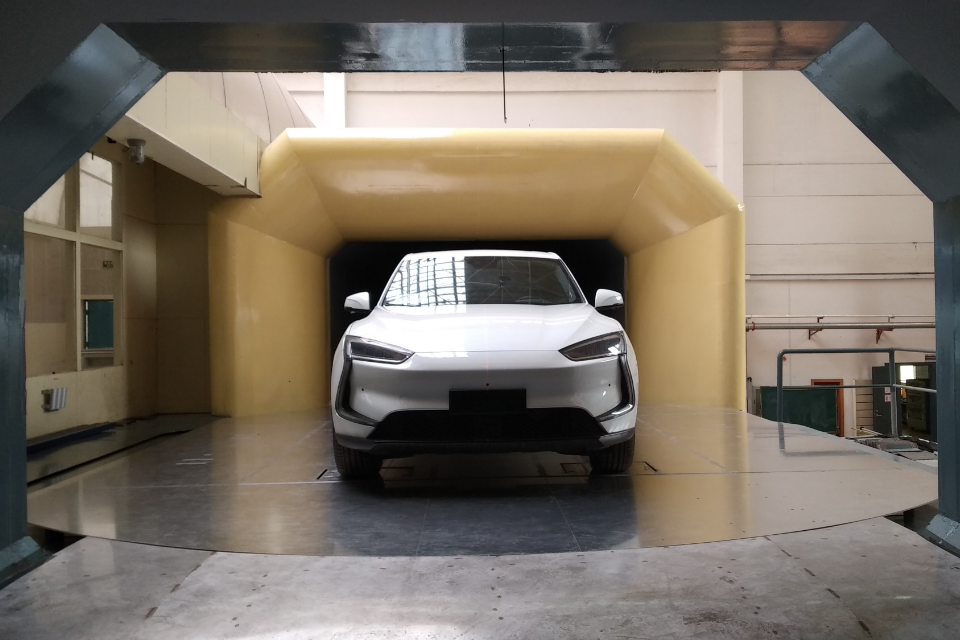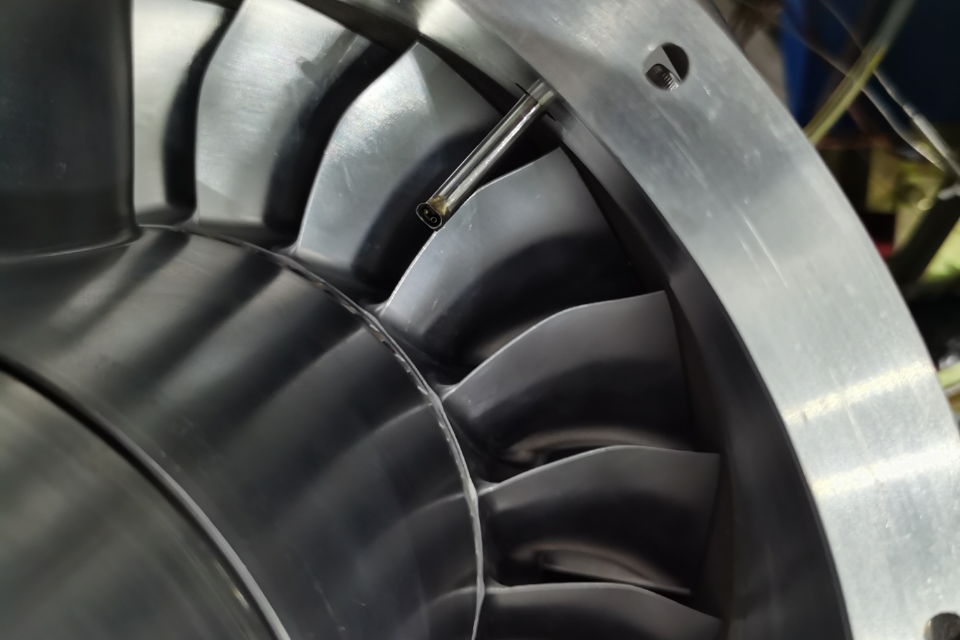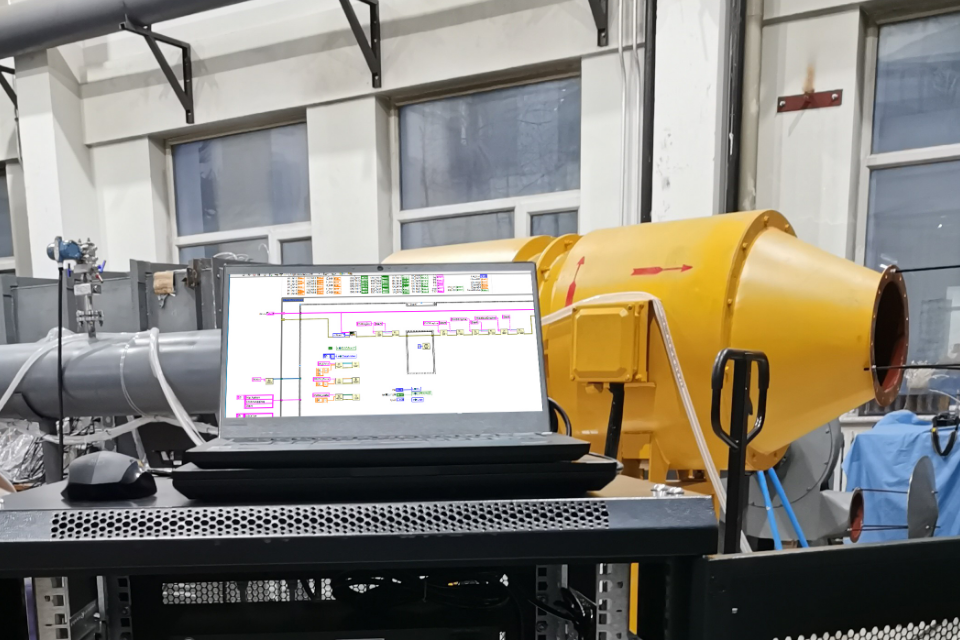By design, the sampling of Windtuner Ethernet Intelligent Pressure Scanners is adjustable in the range of 0 ~ 500Hz and supports user customization. This design enables Ethernet pressure scanners to adapt to different test requirements, and improves the flexibility of testing while ensuring data accuracy. The higher the sampling, the more data points are collected per unit time, so that the change trend of the pressure curve can be described more accurately. This is itself a huge advantage for application scenarios that require high-precision pressure measurement.

In terms of communication, Windtuner Ethernet Intelligent Pressure Scanners uses adaptive 10/100 M Ethernet and supports TCP/IP and UDP/IP protocols. This communication not only has fast data transmission speed, but also has high stability, which can effectively avoid measurement errors caused by communication failures. The wide application of Ethernet also enables Windtuner Ethernet Intelligent Pressure Scanners to be easily integrated into various industrial control systems and scientific research experimental platforms, realizing seamless docking between devices.
The accuracy of time stamps is also one of the important factors affecting the measurement results. Windtuner Ethernet Intelligent Pressure Scanners offers a variety of timestamp sources, including internal clocks, NTP clocks, or IEEE1588-V2 Precision Time Protocol (PTPv2) master clocks. These timestamp sources ensure accurate synchronization between data acquisition and the master device, avoiding measurement errors caused by time asynchronization.
The host computer software supporting Windtuner Ethernet Intelligent Pressure Scanners is written based on LabVIEW, and the hardware is compatible with the 9216 protocol, so the user does not need to perform secondary tasks. This design not only simplifies the operation process, but also improves the stability and reliability of the system. The blessing of these advantages makes Windtuner Ethernet Intelligent Pressure Scanners have broad application prospects and important research value in the field of fluid control.
















